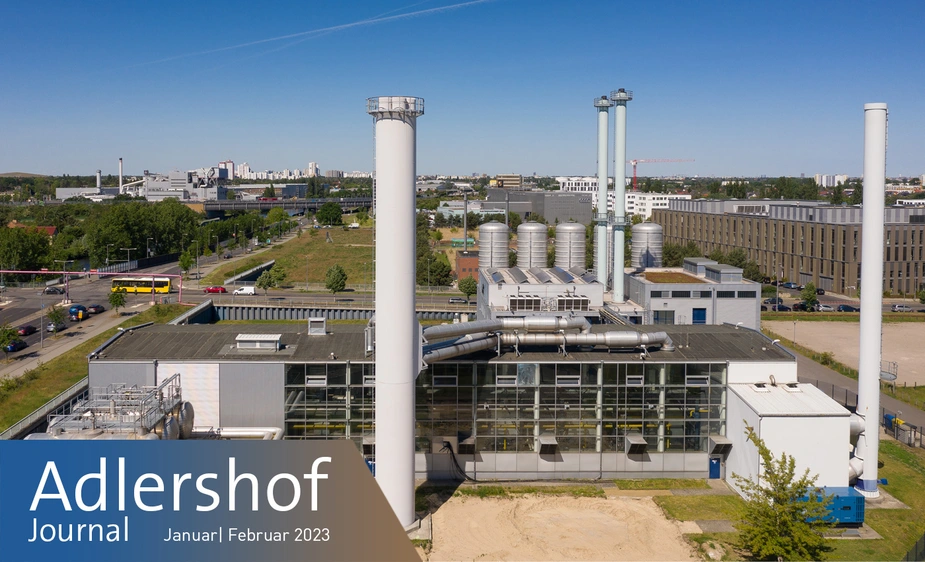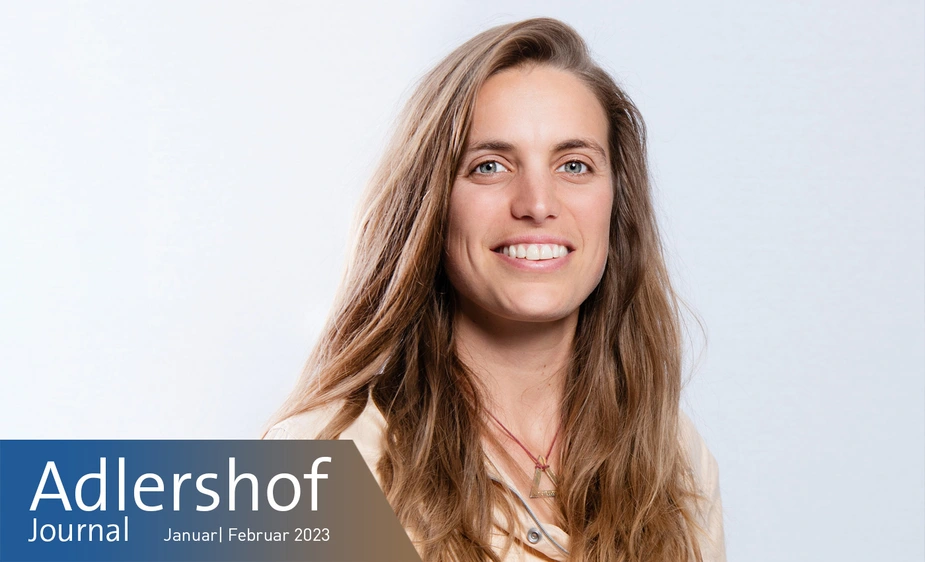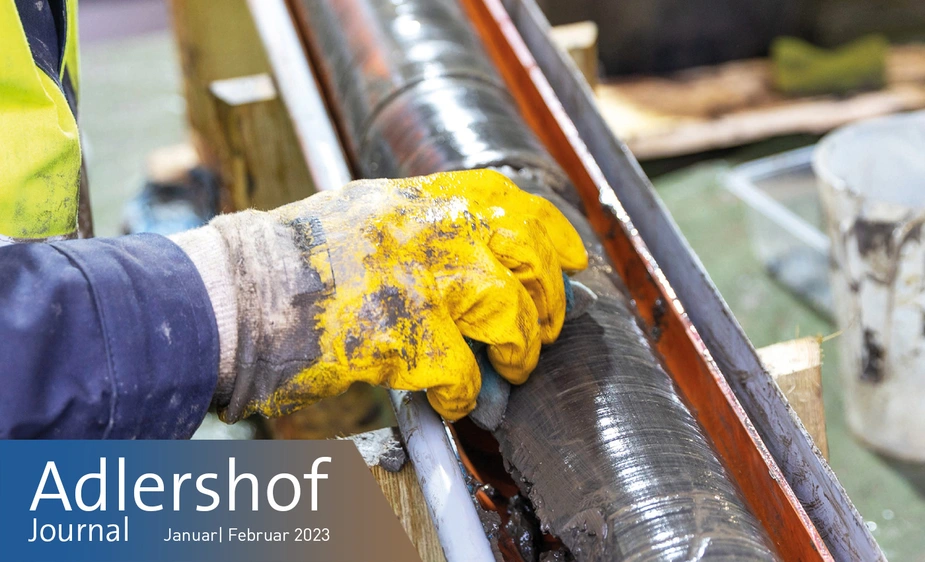Heat from the depths of the earth
BTB is pursuing a storage project to improve the sustainability of Berlin’s energy supply
In a pilot project that is one of its kind in Germany, BTB GmbH, an energy provider, wants to make district heating supply more climate-friendly by integrating a seasonal geothermal heat storage facility. Exploratory drillings made by the German Research Centre for Geosciences Potsdam GFZ have already discovered the required aquifers, which are deep, high-salinity rock formations holding groundwater, on the Adlershof-based premises of BTB.
The principle is as simple as it is smart. Renewable heat and excess waste heat are fed into the ground during summer by extracting, heating and reinserting groundwater. In winter, the hot water can be extracted and made available to thousands of households and businesses for heating. In practice, much research work is required to take this next step towards a carbon-neutral heat supply for cities. This is the declared goal of BTB GmbH, which is incrementally retrofitting its facilities with state-of-the-art technology to phase out fossil fuels by 2040.
The idea to integrate aquifer thermal energy storage (ATES) in BTB’s district heating system was conceived as early as 2016 between the then-division manager for energy management and innovation, Johannes Hinrichsen, and Ali Saadat, a researcher at GFZ. When they were initially thinking about whether suitable aquifers could be found in the ground below Adlershof, this was still something that was merely “nice to have”, according to BTB project head Stefanie Dedeyne. When the GeoFern project started in 2019, it was almost serendipitous because, by that time, the signs of the unfolding climate crisis had become more than clear. Operating heat storage systems is a valuable alternative to heating with natural gas, which is harmful to the climate since there is a lack of renewable heat sources in urban areas during winter. At the same time, it facilitates the “storing for later” of capacities that are either available year-round (waste heat or deep geothermal energy) or reach their peak in summer (solar thermal energy), when it is impossible to sell them off due to the low demand for heat.
More exact findings are expected from exploratory drillings that were conducted on the BTB premises in the autumn of 2021 by the Potsdam-based GFZ, funded by the Federal Ministry for Economic Affairs and Climate Action. The geological models of the expected strata at a depth of 650 metres already existed. “Underground, Berlin is mountainous. However, there are only isolated locations in and around Berlin where deep boreholes have been drilled. Distortions in the underground could have caused the models not to match reality,” says Dedeyne. Confirmation of the existence of Jurassic limestone layers, located at a depth of 400 metres with the necessary water content required for storage, came from drill cores that were then subsequently examined using methods from geochemistry and mineralogy. A first important success. Another one was the promising acceptance of BTB activities by the technology park neighbours in Adlershof, some of which operate with highly sensitive measurement technology. “However,” says the 32-year-old project leader, reassuringly, “the drillings are comparable with the vibrations caused by a ‘regular’ construction site.”
Aquifer heat storage systems are already being used to supply individual building complexes and to store heat at low temperatures of up to 70°C. However, the BTB undertaking is said to reach new dimensions: 30,000 megawatt hours of stored heat – 250 times the amount currently stored by facilities in Adlershof.
Dedeyne reports on the numerous unknowns that remain: “Our goal is to store water as hot as possible (95 °C and more) and, for that, we don’t have any reference examples. We do not yet know how high temperatures affect the porous storage rock. They might lead to clogging of the storage rock’s pores. Moreover, we pass drinking water during the drilling. Here, we must be able to rule out contamination or any effect on its temperature.” Further research will help to predict the ideal time for loading and when the water should ideally be extracted. Currently, the project team is going into the technical preliminary planning and application for the storage facility and is acquiring further research funds. They aim to take up operations by 2025.
Peggy Mory for Adlershof Journal


